Injuries while vacuuming may seem unlikely, but they can occur if proper precautions aren’t taken. Strains to the wrist, lower back, and shoulders are common when using a vacuum cleaner incorrectly. To ensure your safety and prevent injuries, it’s important to follow these vacuum cleaner safety tips:
Key Takeaways:
- Stand up straight and use your body weight as a counterweight to reduce strain.
- Switch hands and rotate operators to prevent repetitive stress injuries.
- Consider using a backpack vacuum to shift the weight to your hips and improve balance.
- Inspect and replace damaged cords to avoid trip hazards and electrical risks.
- Be aware of proper technique, use appropriate equipment, and take safety precautions to prevent injuries while pulling the vacuum cleaner.
Essential Tips for Safe Vacuum Cleaner Use
To ensure safe vacuum cleaner handling and prevent accidents, it is important to follow these essential tips:
1. Wear Appropriate Footwear
When vacuuming, always wear slippers or shoes to protect your feet against sharp objects that may be hidden in the carpet. Additionally, wearing proper footwear helps reduce the risk of slipping on freshly vacuumed floors.
2. Use Compatible Charging Cords
To avoid overloading and overheating, use charging cords that are specifically designed for your vacuum model. Using incompatible cords can lead to electrical hazards and damage to the vacuum.
3. Avoid Vacuuming Oversized or Sharp Debris
Avoid vacuuming debris that is too large or sharp, as it can cause blockages in the vacuum cleaner’s system, damage the vacuum’s components, and pose safety risks. Instead, manually remove such debris before vacuuming.
4. Avoid Vacuuming Liquids (Unless Using a Wet/Dry Vacuum)
Most vacuum cleaners are not designed to handle liquids. Unless you have a wet/dry vacuum specifically designed for this purpose, avoid vacuuming liquids to prevent damage to the motor and potential electrical hazards.
5. Regularly Empty the Canister or Dustbin
Regularly emptying the canister or dustbin of your vacuum cleaner is important for maintaining optimal suction power. It also helps prevent motor damage by avoiding overfilling. If your vacuum uses disposable bags, make sure to replace them when necessary.
6. Avoid Vacuuming Flammable Materials
Do not vacuum flammable materials, as this can create a fire hazard. Examples include ashes, gasoline, and other combustible substances. Always follow the manufacturer’s guidelines regarding what can and cannot be vacuumed.
7. Properly Store the Vacuum Cleaner
Proper storage of your vacuum cleaner is crucial for safety. Always turn off and unplug the vacuum after use. Coil the power cord without creating kinks or tangles. Store attachments separately to avoid entanglement or damage.
8. Perform Regular Maintenance
To ensure optimal performance and extend the lifespan of your vacuum cleaner, perform regular maintenance tasks. This includes cleaning filters, checking for leaks or damage, and following the manufacturer’s recommendations for maintenance intervals.
By following these essential tips, you can ensure safe vacuum cleaner use, avoid accidents, and prevent injuries during vacuuming.
| Tips for Safe Vacuum Cleaner Use |
|---|
| Wear appropriate footwear |
| Use compatible charging cords |
| Avoid vacuuming oversized or sharp debris |
| Avoid vacuuming liquids (unless using a wet/dry vacuum) |
| Regularly empty the canister or dustbin |
| Avoid vacuuming flammable materials |
| Properly store the vacuum cleaner |
| Perform regular maintenance |
Proper Technique for Different Types of Vacuums
When it comes to using vacuums, employing the proper technique is crucial to prevent back pain, strains, and sprains. Whether it’s an upright vacuum, backpack vacuum, or canister vacuum, following these guidelines will help you ensure a safe and ergonomic cleaning experience.
Upright Vacuum Technique
When using an upright vacuum, maintaining proper posture is essential. Stand up straight and avoid twisting your back while cleaning. Instead, use your legs as much as possible to power the vacuum forward and backward. This technique distributes the effort evenly throughout your body, preventing strain on your back, arms, and shoulders. To further reduce fatigue, alternate between vacuuming with your right and left hand, allowing the muscles to rest.
It’s also important to pay attention to the vacuum settings. Some upright vacuums come with self-propelling features, reducing the effort required to push and pull the machine. Opting for a maneuverable vacuum model will also help minimize tension and strain on your body.
Backpack Vacuum Technique
If you’re using a backpack vacuum, proper harness fitting is paramount. Make sure the weight of the vacuum rests on your hips, rather than your shoulders, to distribute the load effectively. The unit should be close to your body, allowing for better balance and control.
When using a backpack vacuum, employ a sweeping side-to-side motion with the wand, similar to a windshield wiper. This technique covers a wider cleaning path and helps you reach the desired areas more efficiently. By following these steps, you can effectively clean while minimizing strain on your back and arms.
Canister Vacuum Technique
When maneuvering a canister vacuum, it’s important to use proper bending and leveraging techniques. Push and pull the vacuum using your arms and legs, avoiding excessive strain on any one muscle group. Canister vacuums with lightweight wands are easier to handle and can help reduce the risk of injuries.
When selecting a vacuum cleaner, consider various factors such as weight, handle design, vibration levels, noise levels, and emptying frequency. Choosing a vacuum that meets your specific needs will enhance both efficiency and safety. Backpack vacuums and canister vacuums are often recommended alternatives to upright vacuums, as they offer increased efficiency and reduced strain.
By employing the proper techniques for different types of vacuums, you can clean effectively while minimizing the risk of back pain, strains, and sprains.
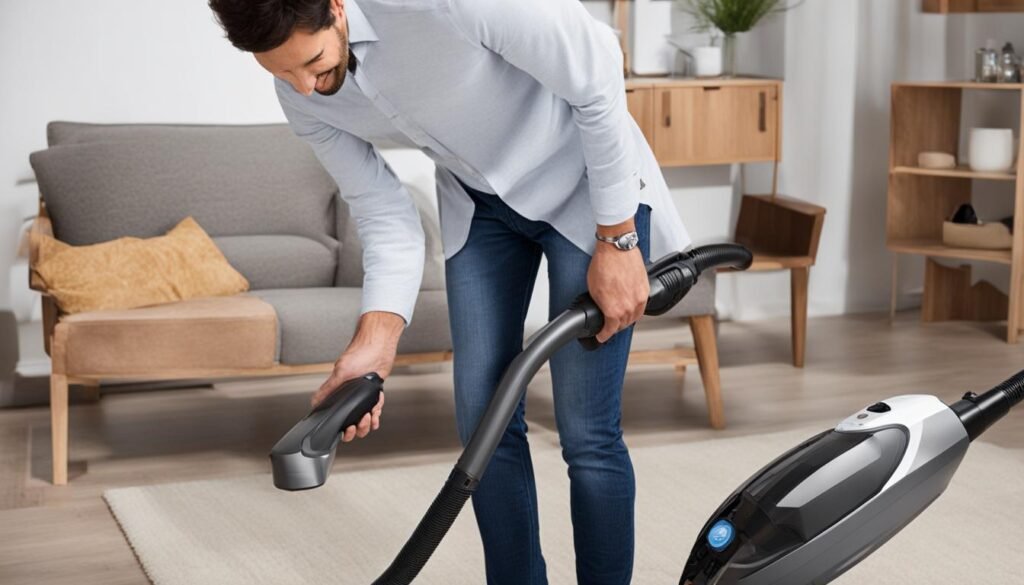
| Vacuum Type | Key Technique |
|---|---|
| Upright Vacuum | Maintain proper posture, use legs, alternate hands, choose self-propelled or maneuverable models |
| Backpack Vacuum | Ensure proper harness fit, rest weight on hips, follow sweeping side-to-side motion with wand |
| Canister Vacuum | Use proper bending and leveraging techniques, choose lightweight wands |
Conclusion
Keeping yourself safe and injury-free while using a vacuum cleaner is of utmost importance. By implementing proper techniques and following safety precautions, you can significantly reduce the risk of strains, sprains, and repetitive stress injuries.
One key aspect of safe vacuum cleaner handling is maintaining proper posture. Stand up straight, use your body weight as a counterweight, and avoid hunching over. Switching hands and using ergonomic handles can further alleviate strain on your body.
In addition, consider using a backpack vacuum, which shifts the weight to your hips and provides better balance. Ensure that the backpack’s harness is fitted properly for maximum comfort and effectiveness.
Furthermore, be mindful of the debris you vacuum. Avoid picking up oversized or sharp objects that could cause blockages or damage to the vacuum cleaner. It’s also important to empty the canister or dustbin regularly to maintain proper suction power and prevent motor damage.
Lastly, proper storage, regular maintenance, and selecting the right vacuum cleaner for your needs are essential steps in safe vacuum cleaner handling. By following these vacuum cleaner safety tips and injury prevention measures, your cleaning routine can be both efficient and injury-free.
FAQ
How can I prevent injuries while pulling the vacuum cleaner?
To prevent injuries while pulling the vacuum cleaner, it is important to stand up straight, use your body weight as a counterweight, and switch hands frequently. Using ergonomic handles and equipment such as backpack vacuums can also help reduce strain and prevent repetitive stress injuries.
What are some essential tips for safe vacuum cleaner use?
To ensure safe vacuum cleaner use, it is important to wear slippers or shoes, use compatible charging cords, avoid vacuuming oversized or sharp debris, and regularly empty the canister or dustbin. It is also crucial to avoid vacuuming liquids and flammable materials and properly store the vacuum cleaner.
What is the proper technique for using different types of vacuums?
When using an upright vacuum, it is important to maintain proper posture, avoid twisting the back, and use the legs as much as possible. Alternating vacuuming between hands and paying attention to vacuum settings can also help reduce strain. For backpack vacuums, it is important to ensure the harness fits properly and follow a sweeping side-to-side motion. Canister vacuums should be maneuvered using proper bending and leveraging techniques.
How can I prevent back pain, strains, and sprains while using a vacuum cleaner?
To prevent back pain, strains, and sprains while using a vacuum cleaner, it is important to maintain proper posture, use the legs instead of the back, and avoid twisting. Using lightweight wands and selecting a vacuum with ergonomic features can also help reduce tension and strain.
What are the safety precautions when operating a vacuum cleaner?
Some safety precautions when operating a vacuum cleaner include inspecting and replacing damaged cords, wearing appropriate footwear, using compatible charging cords, and avoiding vacuuming liquids unless using a wet/dry vacuum. Regular maintenance, such as cleaning filters and checking for leaks, is also important for optimal performance.
What are some important vacuum cleaner safety tips?
Important vacuum cleaner safety tips include wearing slippers or shoes, using compatible charging cords, avoiding vacuuming oversized or sharp debris, and regularly emptying the canister or dustbin. It is also important to properly store the vacuum cleaner and follow manufacturer instructions and warnings.

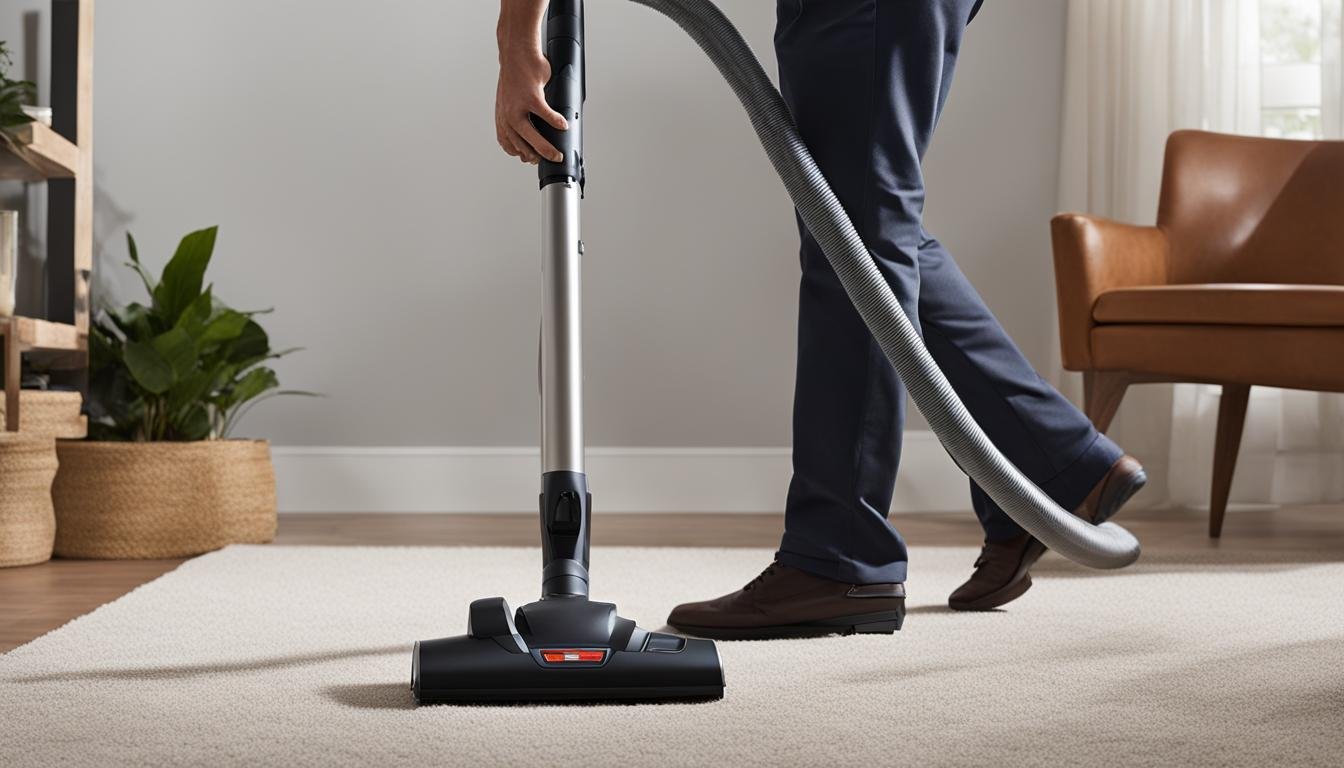
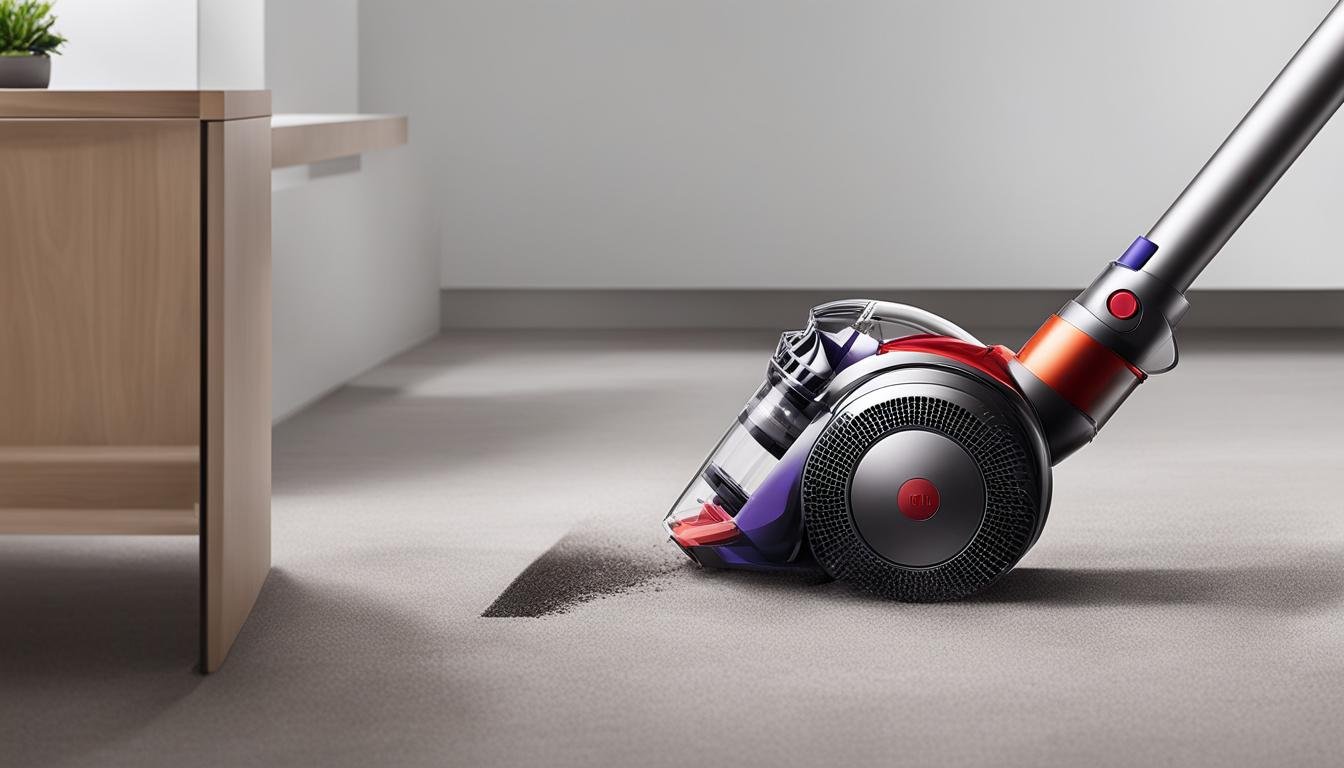
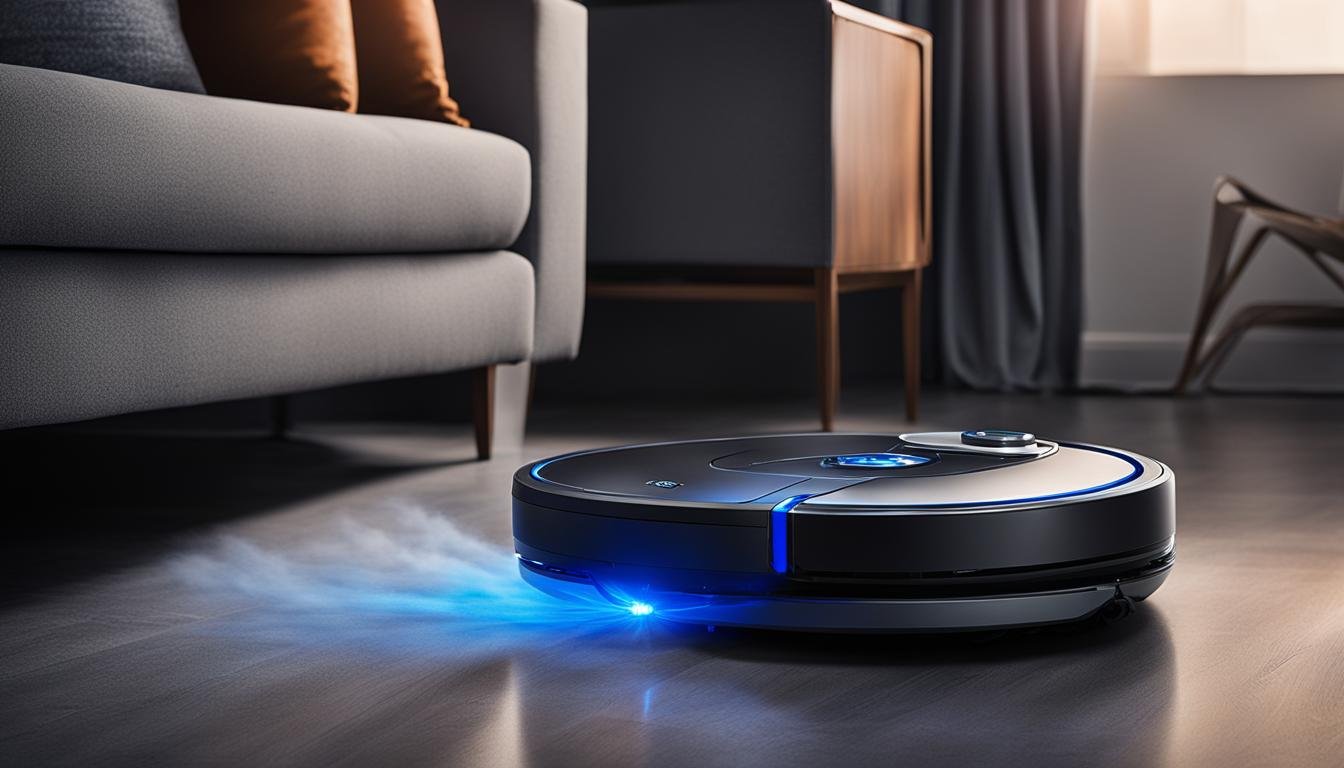
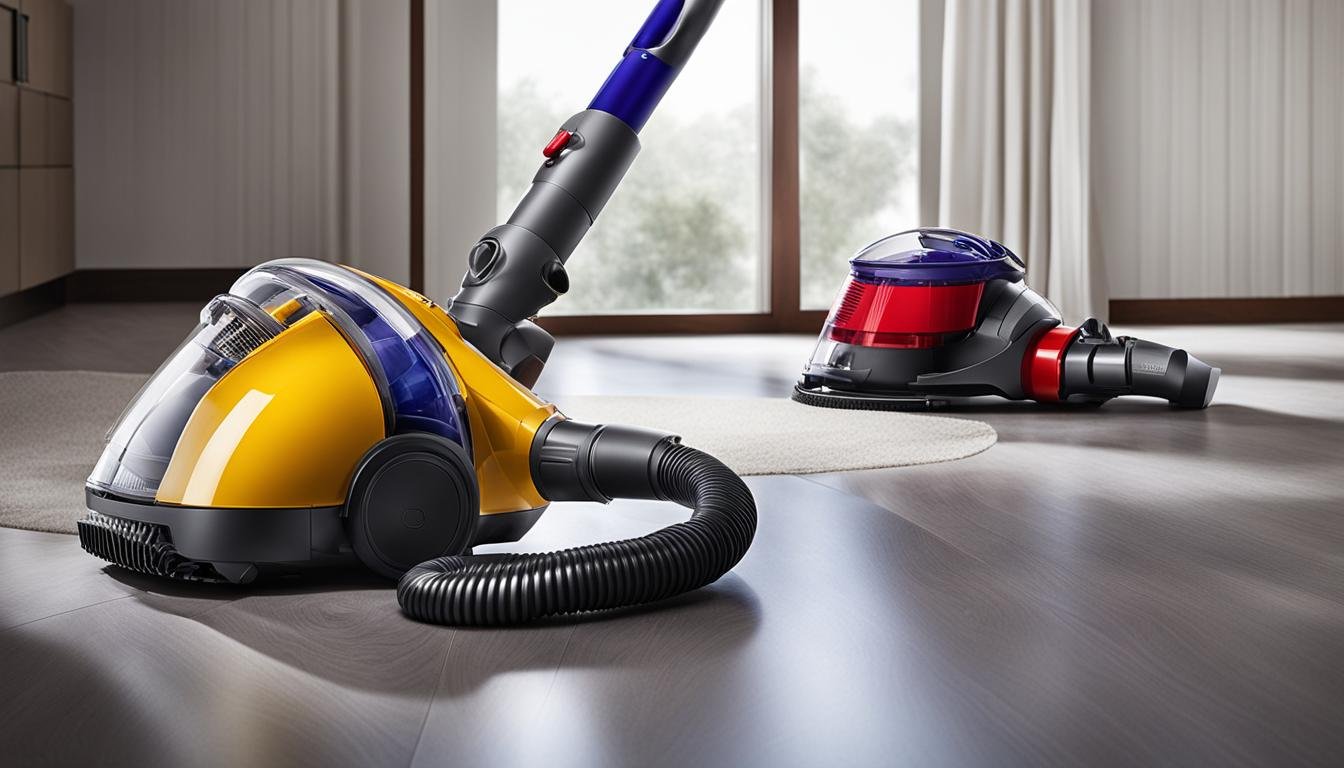

Leave a Reply